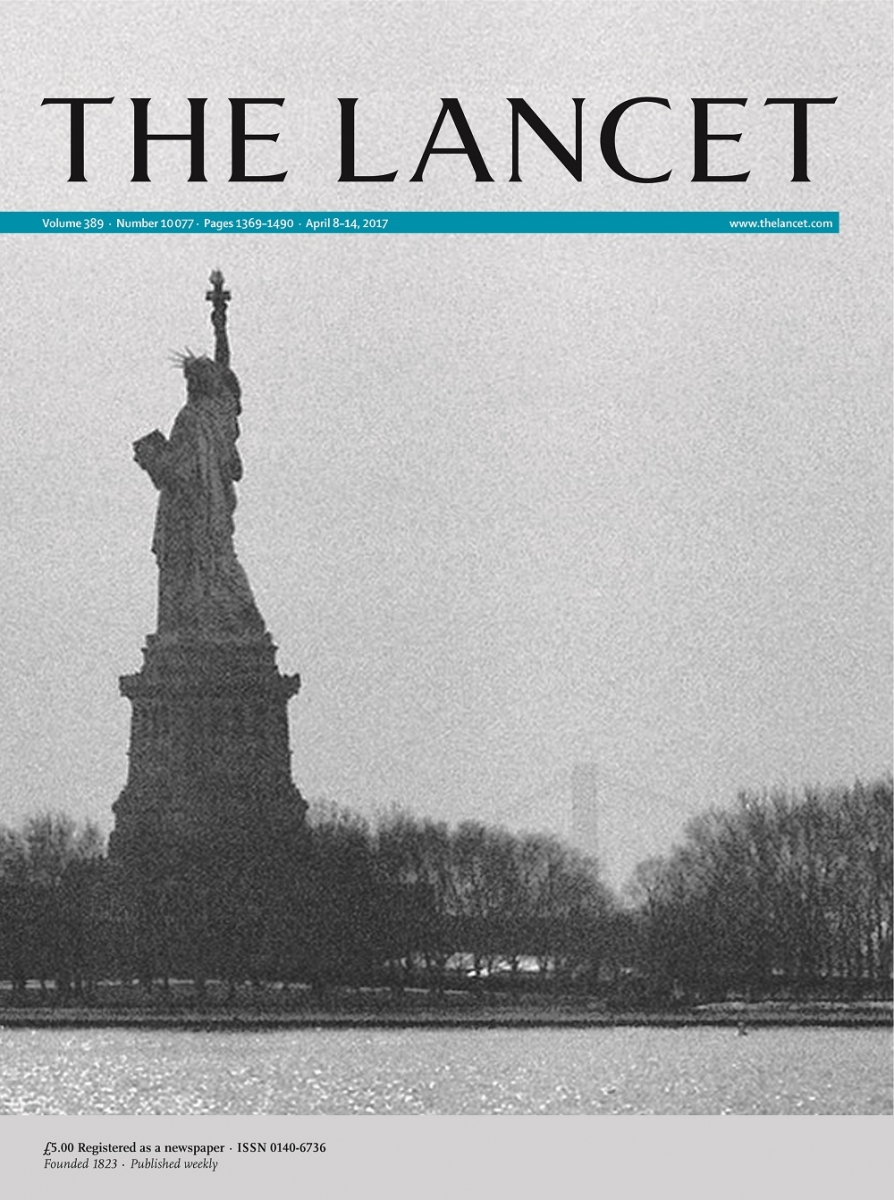Electronic Health Record Logs Indicate That Physicians Split Time Evenly Between Seeing Patients And Desktop Medicine
By Ming Tai-Seale, Cliff W. Olson, Jinnan Li, Albert S. Chan, Criss Morikawa, Meg Durbin, Wei Wang and Harold S. Luft
Health Affairs, April 2017
Abstract
Time spent by physicians is a key resource in health care delivery. This study used data captured by the access time stamp functionality of an electronic health record (EHR) to examine physician work effort. This is a potentially powerful, yet unobtrusive, way to study physicians’ use of time. We used data on physicians’ time allocation patterns captured by over thirty-one million EHR transactions in the period 2011–14 recorded by 471 primary care physicians, who collectively worked on 765,129 patients’ EHRs. Our results suggest that the physicians logged an average of 3.08 hours on office visits and 3.17 hours on desktop medicine each day. Desktop medicine consists of activities such as communicating with patients through a secure patient portal, responding to patients’ online requests for prescription refills or medical advice, ordering tests, sending staff messages, and reviewing test results. Over time, log records from physicians showed a decline in the time allocated to face-to-face visits, accompanied by an increase in time allocated to desktop medicine. Staffing and scheduling in the physician’s office, as well as provider payment models for primary care practice, should account for these desktop medicine efforts.
From the Discussion
Physician burnout with EHR use has been well documented. Some organizations are using medical scribes to reduce documentation burden. Intriguing findings from the recent AMA study on five specialists who had scribes (with their own user identification) suggested that those specialists spent 43.9 percent of their time on face-to-face visits, compared to 23.1 percent among specialists without scribes. Clearly, more studies (preferably with more physicians teamed up with scribes) on the impact of scribes are needed. Our data suggested that 34 percent of logged time (2.10/6.25) was spent on progress notes. Having scribes support this effort could potentially remove one-third of physicians’ work efforts and might reduce burnout.
Twenty-four years after the implementation of the RBRVS-based Medicare Fee Schedule, the Medicare Access and CHIP Reauthorization Act of 2015 established a new framework for Medicare physician payment: the Quality Payment Program. In this program, physicians have two tracks to choose from: the Merit-Based Incentive Payment System and the Advanced Alternative Payment Models. Furthermore, CMS has also launched the Comprehensive Primary Care Plus model. The model has a separate track for practices with relatively more experience in delivering advanced primary care. These practices will receive a hybrid payment of a per beneficiary per month care management fee and fee-for-service payment for claims for evaluation and management services.
CMS has indicated its intention to monitor practices to ensure the delivery of high-quality health care under the Comprehensive Primary Care Plus model. Access logs provide a simple and unobtrusive way for health care delivery systems to examine how their clinicians spend a significant portion of their time.
http://content.healthaffairs.org…
***
Comment:
By Don McCanne, M.D.
Health care is, or at least should be, about the patient. This study shows that physicians are splitting their time fairly evenly between direct face-to-face patient care and desktop medicine, especially through the electronic health record. Although desktop medicine does provide some patient benefits we certainly need to ask whether much of that time is wasted for purposes other than patient care.
There is no question but that desktop medicine is contributing to the growing epidemic of physician burnout. Yet desktop medicine is expected to grow further with implementation of the Medicare Access and CHIP Reauthorization Act (MACRA) and the Merit-Based Incentive Payment System (MIPS) and the Advanced Alternative Payment Models (APMs). Far too much effort is being expended on these primarily administrative models rather than being used for what health care is all about: protecting and improving the health of patients.
Let’s get our priorities right.
 The Lancet devotes special issue to growing U.S. health inequality
The Lancet devotes special issue to growing U.S. health inequality